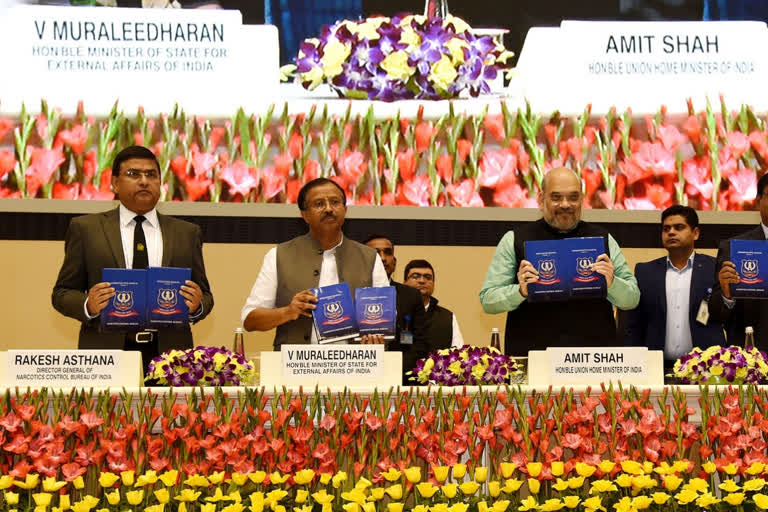New Delhi: India is vulnerable to the trafficking of narcotics as it is sandwiched between the 'Golden Crescent' and the 'Golden Triangle', the major opium production regions in the world, officials said during BIMSTEC meet on Saturday.
This was highlighted at the two-day conference on 'Combating Drug Trafficking' for the Bay of Bengal Initiative for Multi-Sectoral Technical and Economic Cooperation (BIMSTEC) partner nations, which concluded on Friday.
The geographical proximity to both the 'Golden Crescent' and the 'Golden Triangle', major opium production regions of the world, puts all the BIMSTEC partner nations in a very precarious position.
"India's position is more vulnerable as we are sandwiched between the 'Golden Crescent' and the 'Golden Triangle'," an official statement said.
The Golden Crescent region of the South Asia comprises Afghanistan, Iran, and Pakistan. The Golden Triangle is the area where the borders of Thailand, Laos and Myanmar meet at the confluence of the Ruak and Mekong rivers.
These two areas are known as the major opium production regions of the world.
The bumper harvests of opium in Afghanistan for the last few years have given rise to increased supply of heroin in all the BIMSTEC countries.
Another major issue for worry is the large number of methamphetamine manufacturing facilities that are prevalent in some of the BIMSTEC countries, the statement said.
These facilities manufacture a large quantity of methamphetamine, which is further trafficked to all the BIMSTEC countries.
Over two days of extensive deliberations at the conference provided an important platform for the partner nations to share ideas and exchange best practices required to combat the drug menace in the region.
Another area of concern is drug trafficking through sea route that affects the BIMSTEC nations. While the Bay of Bengal facilitates trade worth billions of dollars, the drug traffickers also use this vast network to their advantage, an official said.
Two recent seizures of 371 kg and 1,156 kg methamphetamine by Indian authorities from two vessels in the Bay of Bengal are glaring examples of this facet.
